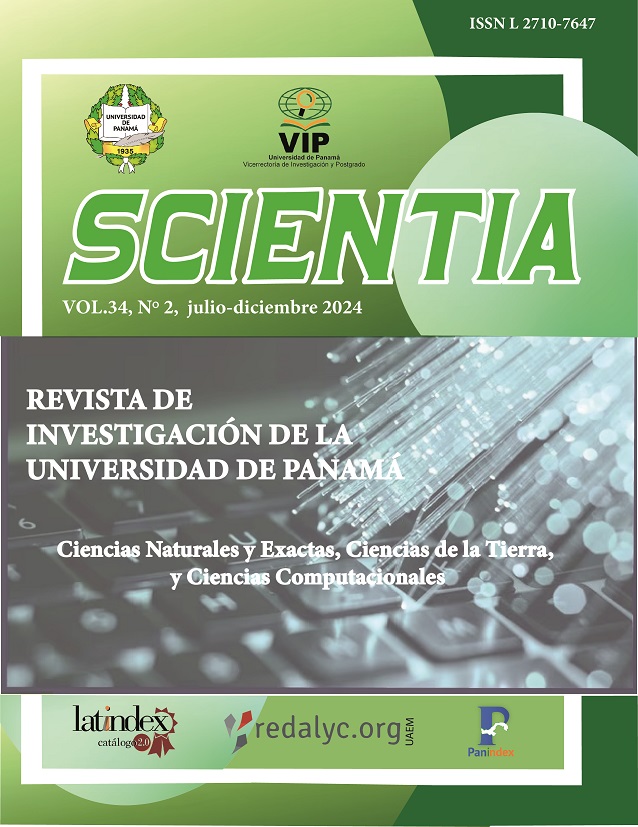

Copyright (c) 2024 Scientia

This work is licensed under a Creative Commons Attribution-NonCommercial-ShareAlike 4.0 International License.
The map of Panama shows a greater radioactive background, in volcanic areas. These areas coincide with identified thermal zones. In these thermal zones of the Republic of Panama, the incidence of a radioactive gas derived from uranium (radon) was studied. The results indicate the measurable presence of radon activity, particularly in areas with volcanic manifestations. This contrasts with other non-volcanic areas, such as Arraiján. Among the volcanic sites evaluated, the Cerro Pando area stood out for presenting the highest levels of radon. These data support the hypothesis indicated by several authors about the existence of a correlation between volcanic activity and the concentration of radon in thermal regions as it is influenced by geothermal processes. That is, thermal regions can host higher concentrations of radon, which in our case suggests confirmation of this hypothesis. This study not only contributes to the knowledge of the distribution of radon in the Panamanian territory, but also provides a basis for future research on the possible risks associated with high exposures, if these exist, to establish basic criteria and thus propose regulations for the human activity in areas with these conditions. For the detection of radon, the RAD 7 was used, a device that has proven to be an effective tool for the detection and precise measurement in these areas.